
Experts Working to Unearth ‘Mosaic House’ in Pergamon
In Bergama, Izmir, Türkiye, the UNESCO World Heritage Site of Pergamon is being revitalized through excavations under the Ministry of Culture and Tourism’s “Heritage for the Future Project.” Led by Prof. Dr. Yusuf Sezgin, Head of the Archeology Department at Manisa Celal Bayar University, the team is diligently working to uncover the impressive “Mosaic House,” a Roman-era residential complex.
The Mosaic House: A Luxurious Ancient Residence
The “Mosaic House” represents a grand residential complex, known as a “peristyle house,” once inhabited by prominent individuals in antiquity. Its striking features include a central stone courtyard and pool, and most notably, mosaic floors dating back to the 3rd and 4th centuries. These mosaics, adorned with geometric and floral motifs, indicate that the house was constructed in the 2nd and 3rd centuries AD and continued to be used during the Christian era.
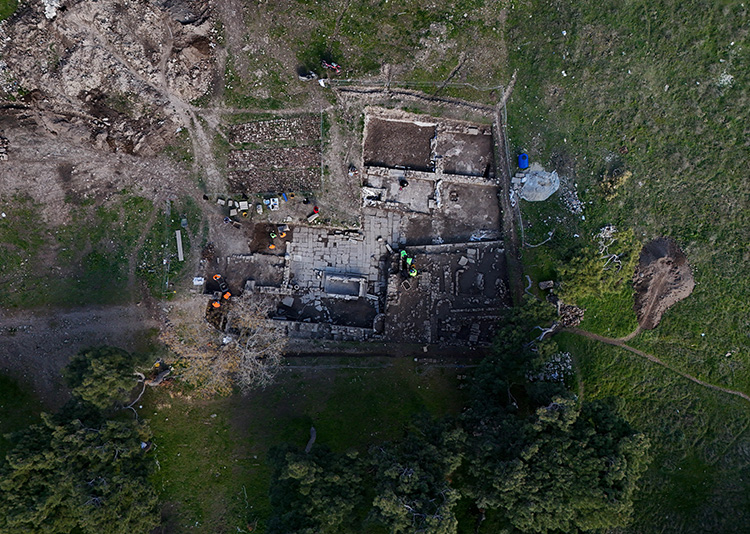
A Stamped Tile and a Heartrending Story
Excavations have unearthed a Hellenistic-era stamped tile fragment inscribed with “Basilike,” shedding light on Pergamon’s royal past. This tile, known to belong to royal structures, was reused in the Roman-era house. A tombstone found in the courtyard’s pool, believed to have been removed from a grave, tells a poignant story. Inscribed with “the sweetest child in the world,” the stone depicts a child figure hunting rabbits with his dog, suggesting it was commissioned by his mother.
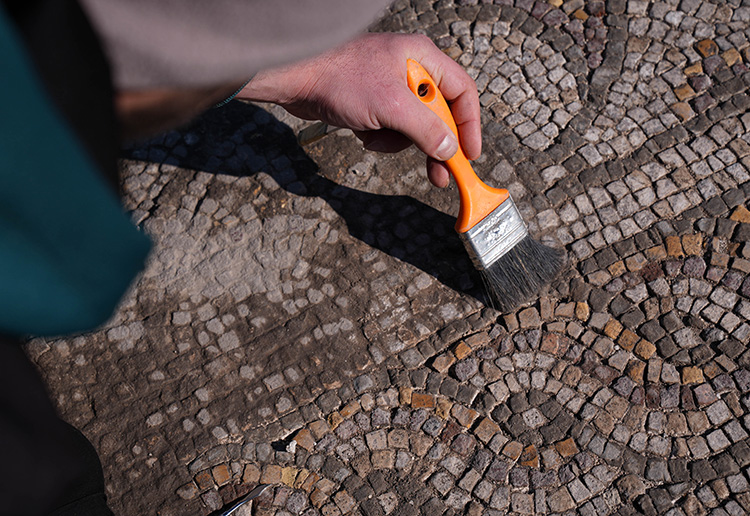
Traces of Fire, a Cemetery, and Daily Life
The Mosaic House, believed to have been abandoned after a major fire during the 7th-century Arab incursions, reveals insights into the living conditions of that era. Roof tiles and burnt pots found during excavations bear witness to the fire. The site was also discovered to have been used as a cemetery during the Byzantine period. Additionally, artifacts such as kitchenware, weaponry, jewelry, and coins from the Roman and Byzantine eras have been unearthed, providing glimpses into daily life.
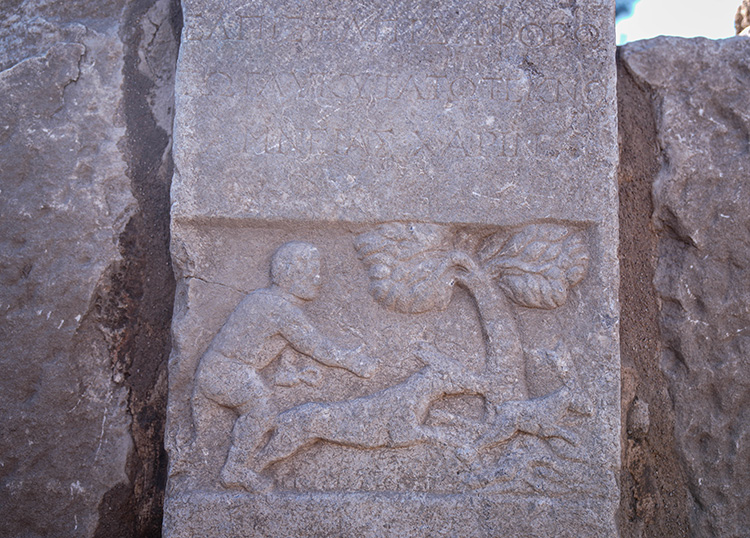
Pergamon’s Historical Layers and Future Projects
Pergamon Ancient City, with its rich history spanning from prehistory to the Ottoman period, is being brought to light through these excavations. The aim is to uncover all layers of the ancient city and offer visitors an immersive experience of the ancient world. Restoration work on the Dionysus Temple and lighting projects at the Asklepion and Acropolis are among the initiatives aimed at achieving this goal.
You may also like
- A 1700-year-old statue of Pan unearthed during the excavations at Polyeuktos in İstanbul
- The granary was found in the ancient city of Sebaste, founded by the first Roman emperor Augustus
- Donalar Kale Kapı Rock Tomb or Donalar Rock Tomb
- Theater emerges as works continue in ancient city of Perinthos
- Urartian King Argishti’s bronze shield revealed the name of an unknown country
- The religious center of Lycia, the ancient city of Letoon
- Who were the Luwians?
- A new study brings a fresh perspective on the Anatolian origin of the Indo-European languages
- Perhaps the oldest thermal treatment center in the world, which has been in continuous use for 2000 years -Basilica Therma Roman Bath or King’s Daughter-
- The largest synagogue of the ancient world, located in the ancient city of Sardis, is being restored

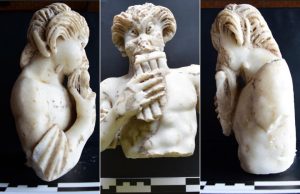
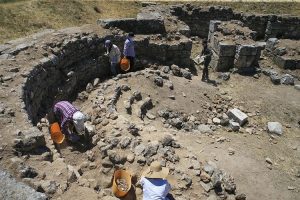
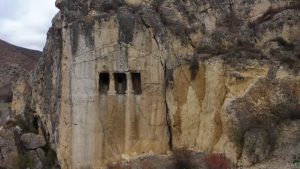
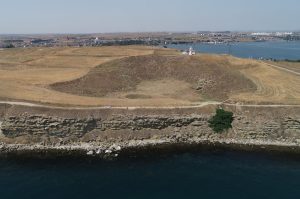
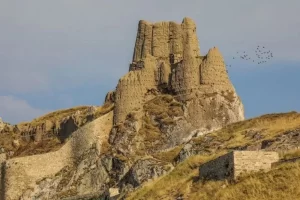
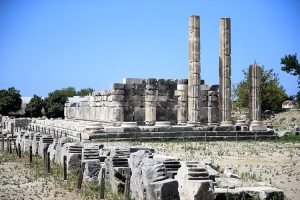


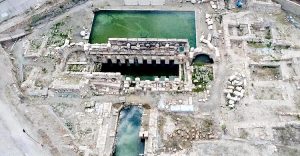
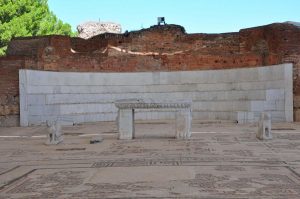
Leave a Reply